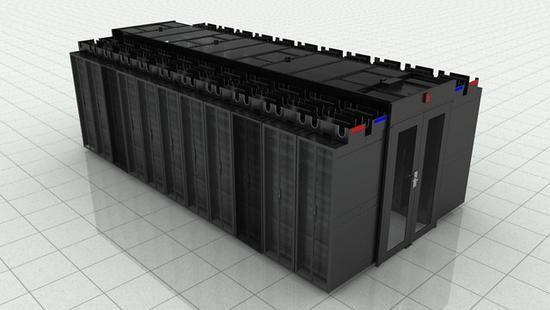The Second Hospital of Lanzhou University (referred to as the Second Hospital of Lanzhou University) is a large-scale comprehensive tertiary hospital with a combination of medical , teaching and scientific research tasks. In recent years, the informatization construction of the Second Hospital of Lanzhou has been paid attention to by hospitals and medical departments at all levels. The application of hospital management information systems in outpatient, inpatient, drug store, electronic medical records, medical imaging, patient management, etc. The construction of the medical system is a thousand miles away. Compared with other industries, the medical industry has its own characteristics in the construction of IT infrastructure, such as relatively weak foundation, insufficient staff, diverse application environments, etc., and with the rapid expansion of the business scale of the Second University of Lanzhou, the IT carrying the business The number of devices has also increased, and the management of data center infrastructure is becoming more and more important. The management of the environment and power supplies will affect the overall stability of the data center. The airflow organization in the traditional data center is disordered, the overall energy efficiency is low, the energy utilization rate is low, and only low power density (<4KW/cabinet) is supported. The subsystems are independent of each other, the system lacks linkage, and the emergency response capability is poor. Can not meet the current business development needs. In order to be able to deploy advanced IT equipment and achieve full digitalization, the Lanzhou Second Hospital has placed the following requirements on the new data center: â—† Meet the business needs of HIS (Hospital Information System), EMRS (Electronic Medical Record System), PACS (Image Archiving and Communication System), RIS (Radiation Information Management System), and require data center to operate safely and stably throughout the year. â—† Deployment is fast and easy to expand, matching the growth and expansion needs of future medical business information equipment â—† Effective technical means to reduce energy consumption in data centers and improve energy efficiency â—† Simplify operation and maintenance management of data centers, unify equipment management, and reduce labor costs After deep understanding of customer needs, Huawei combined the business application needs of the Second University of Lanzhou and the current data center development trends, technology needs to seriously address the root cause of the problem, the right medicine, the focus of the solution on the "simple", "reliable" and "efficient", put forward green Integrated computer room solution for energy-saving intelligent micro-modules. The intelligent micro-module solution adopts the integrated integration concept, which integrates the cabinet system, power supply and distribution system, refrigeration system, integrated wiring system, fire protection system, lightning protection system and monitoring system to achieve rapid deployment, shorten the construction period and be flexible. Expansion configuration, support high-density operation, and energy saving and environmental protection. Compared with the traditional computer room solution, the intelligent micro-module solution is superior in centralized, intelligent and standardized construction: intelligent and instrumental can make the computer room unattended, and the efficiency of operation and maintenance management can be increased by 50%; The time is completed to deploy and install, which can meet the requirements of fast on-line and agile response of the business; network equipment, power supply and refrigeration integration, saving 25% of the floor space, and the ordinary office environment can be arranged between the micro-module equipment rooms. Yancheng Rongtai Labware Co.,Ltd , https://www.shtestlab.com